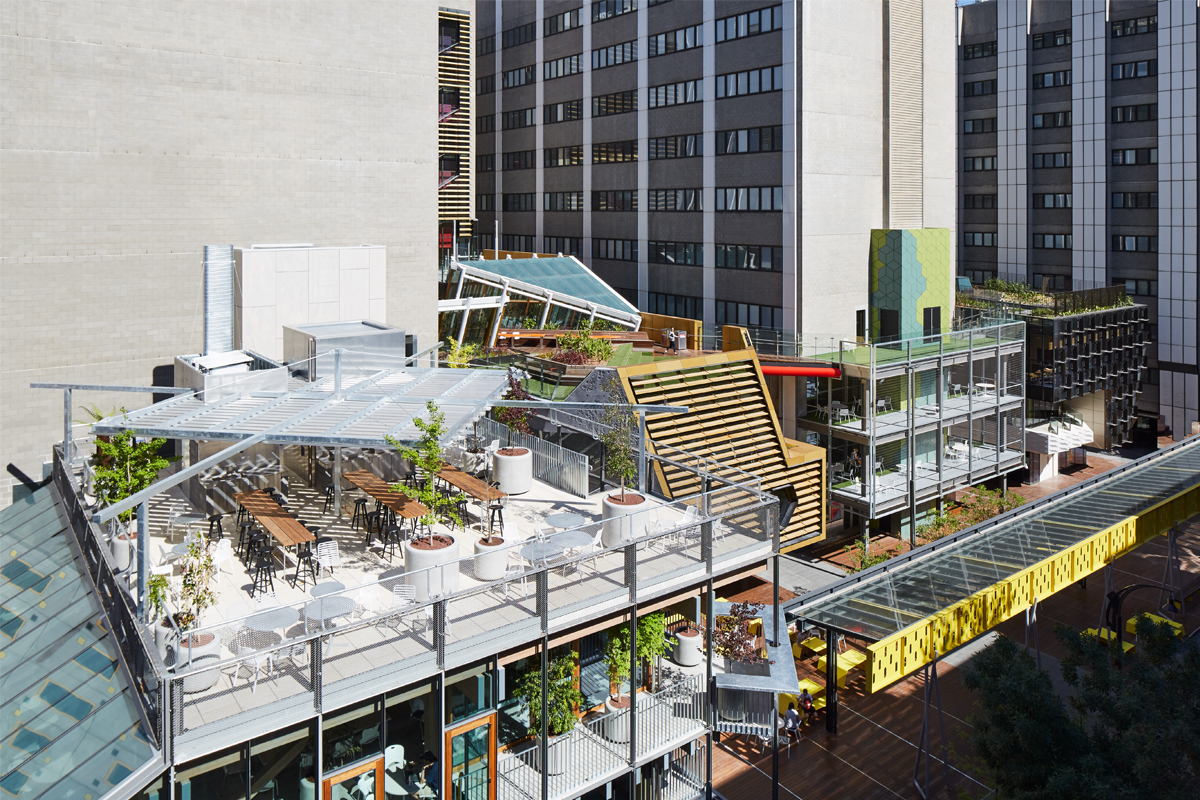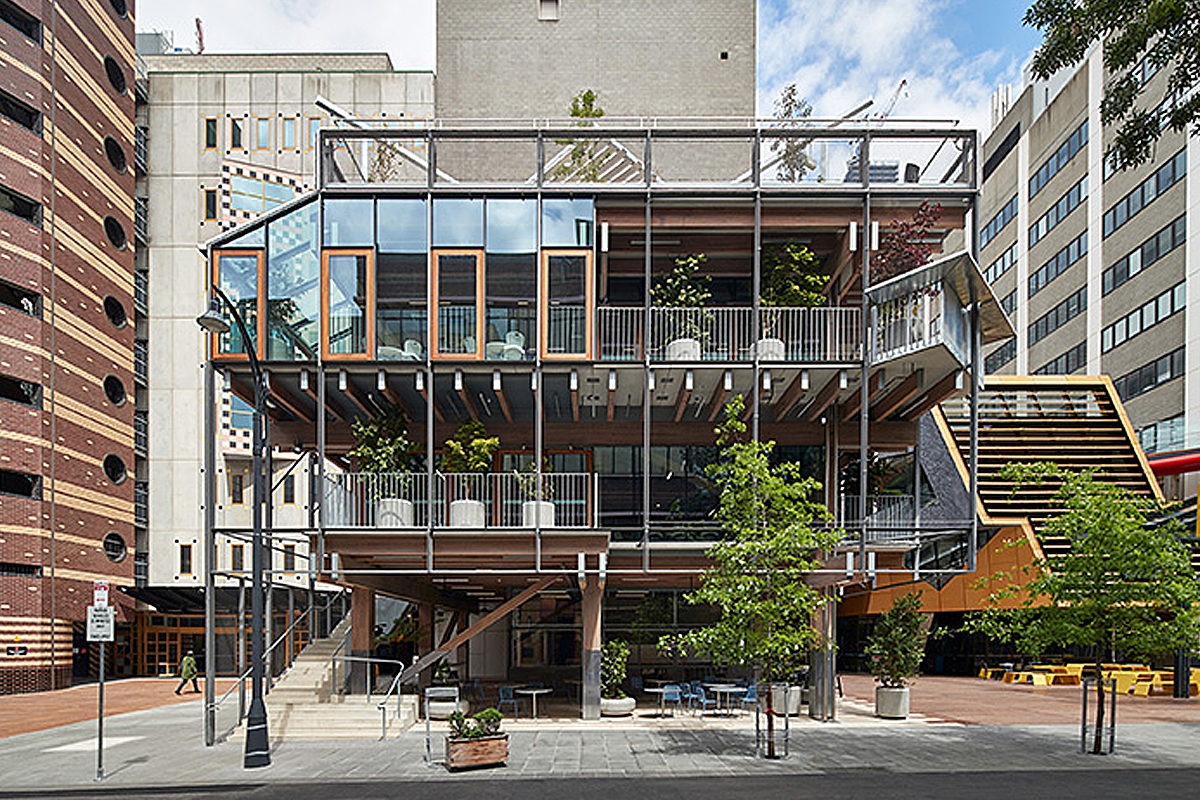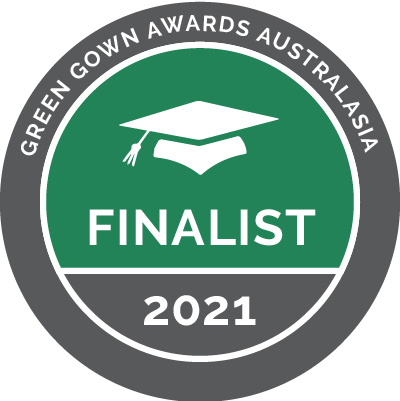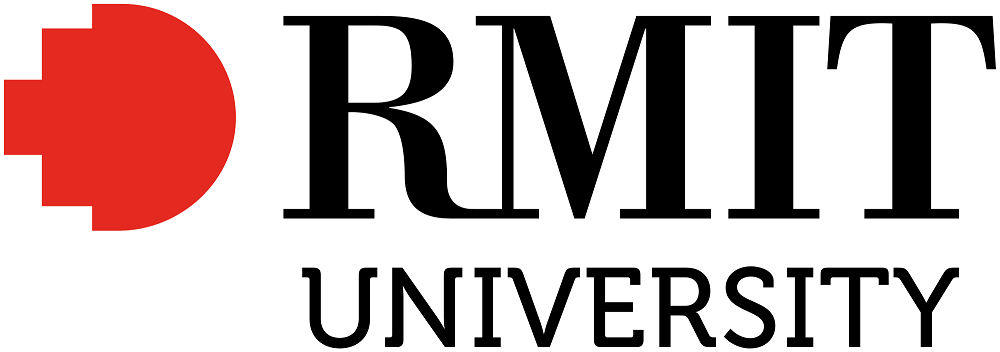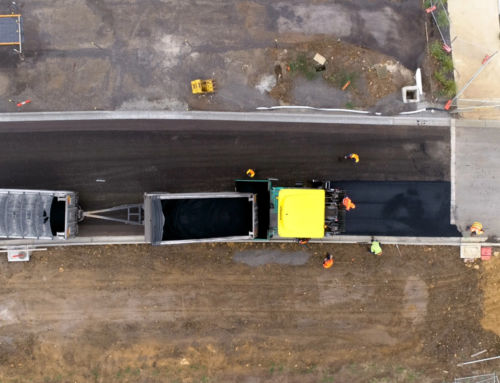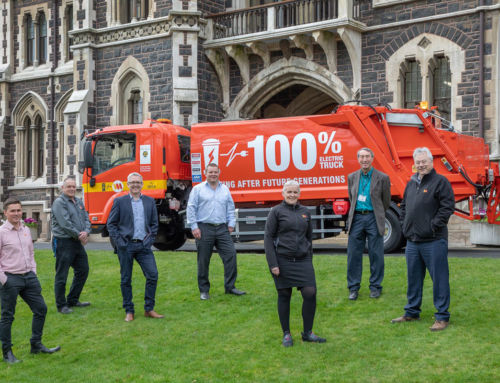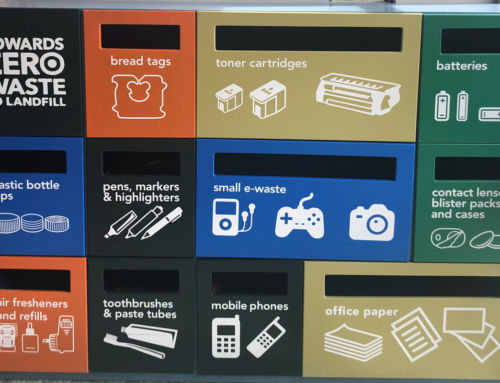Weaving together a circular economy at RMIT
There are a number of strands that weave together to form the full picture of the work RMIT is leading in the shift to a circular economy:
- The Circular Economy Hub (CEH) at RMIT is a cross-disciplinary, industry-engaged network of experts working on cutting edge and innovative research.
- TREMS is a group of researchers led by RMIT University, involving other universities in Australia and globally to explore new ways to engineer construction and other high-value materials from recycled household, commercial & industrial waste.
- RMIT Property Services is working with experts from across both research groups to apply circular principles throughout the capital development and procurement process in the ‘Circular Economy Project’.
RMIT Activator, RMIT’s growth engine for entrepreneurship and innovation, is working to upskill students on the concept of circular thinking and is undertaking collaborations with industry to support the next generation of innovators to create new circular businesses.
> The initiative
The circular economy work at RMIT aims to transform the current mindset of the take-make-waste linear model towards circularity, where waste and pollution is eliminated through good design, and the life of existing materials are prolonged through new and innovative ways of repairing, reusing and remanufacturing.
Through the ‘Circular Economy Project’ the Sustainability Team and the wider Property Service Group have been focusing on embedding the principles of the circular economy into the building portfolio operations and processes. The project was created to ensure that the environmental and economic benefits of embedding circularity are articulated, new methodologies and a measurement tool established so that positive impacts are calculated. The Circular Economy Project aimed to:
- Work across departments in Property Services to prioritise the use of existing assets by repairing, reusing, and up-cycling materials and reducing the need for raw materials/virgin manufacture of materials.
- Collaborate with RMIT researchers, particularly Circular Economy Hub (CEH) and Transformation of Reclaimed Waste Resources to Engineered Materials and Solutions for a Circular Economy (TREMS), and the wider industry on circular economy initiatives that can be implemented in RMIT’s key activities.
- Shift away from waste diversion targets to circularity targets based on project type.
- Prioritise the procurement of assets that are designed and built to be more durable, repaired easily, reused and reconditioned/remanufactured.
The Circular Economy Hub (CEH) at RMIT is a cross-disciplinary, industry-engaged network of around 60 researchers and experts across the University working on cutting edge and innovative Circular Economy (CE) research across Australia and internationally. The work supports RMIT as an industry leader in circular economy research at national and global forums. The CEH’s cross-disciplinary nature supports empirical approaches to holistic and systemic engagement across research partnerships, expanding the university’s impact and expertise on CE. It also supports the emergence of a new capability-building platform across micro-credentials, executive training, vocational and higher educational outcomes. The RMIT Circular Economy Hub’s cross-disciplinary nature supports empirical approaches to holistic and systemic engagement across research partnerships, expanding the university’s impact and expertise on circular economy internally at RMIT, and externally. The Sustainability Team actively engaged with this group both to develop the calculator and contribute to their research on the application of circularity principles in the built environment as a ‘living lab’ case study. The CEH members also participate in the Transformation of Reclaimed Waste Resources to Engineered Materials and Solutions for a Circular Economy (TREMS) which have drawn on industry connections to form a ‘network’ interested in exploring new ways to engineer construction and other high-value materials from recycled household, commercial & industrial waste.

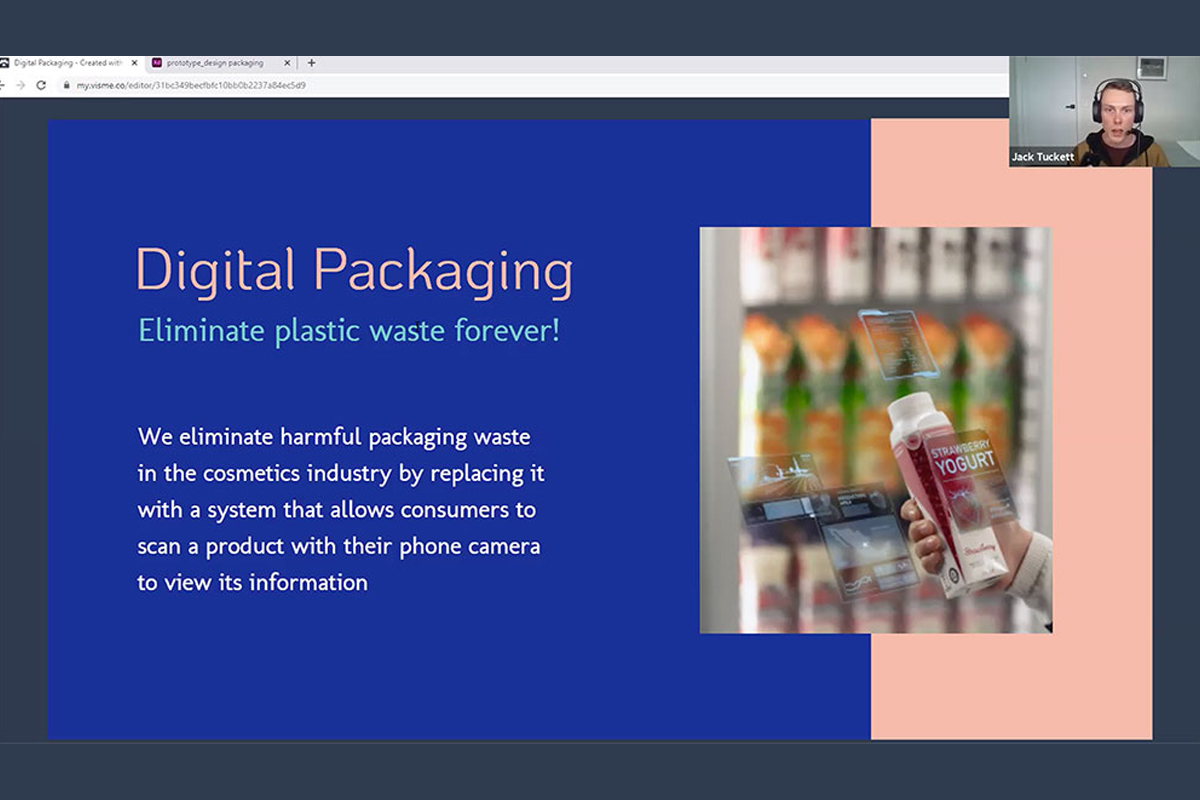
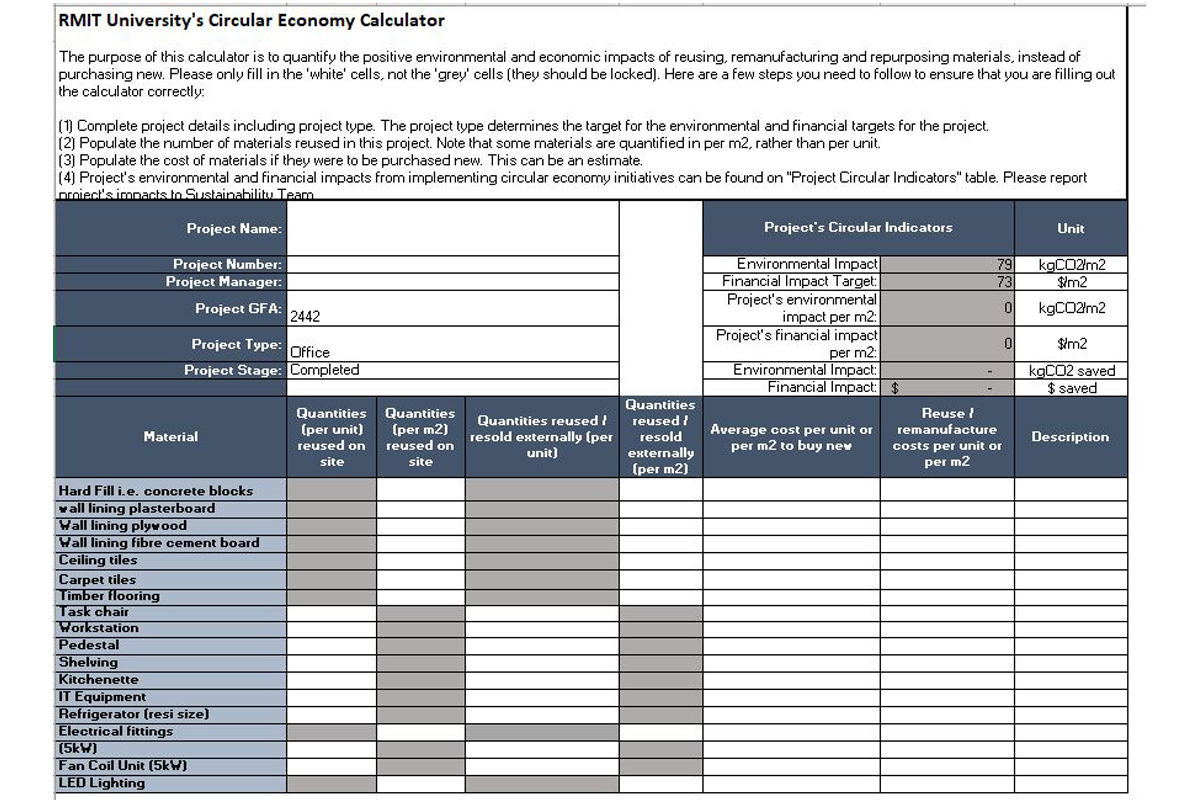
RMIT Activator is the University’s growth engine for entrepreneurship and innovation. RMIT Activator has developed its programs and partnerships to align with RMIT’s strategic ambitions for sustainability and the SDGs. The RMIT Entrepreneurship Week 2020, was a collaboration between RMIT Activator, RMIT Social Innovation Hub and the RMIT Sustainability Team. This partnership brought together expert insights and entrepreneurial mindsets to co-create new ideas and a more accessible and equitable future for all. Over 250 people participated across the week’s activities comprising an expert panel that gave insights into the sustainability challenge and a student hackathon culminating in a pitch event. The panel set the questions, ‘How might we design waste out of consumption and production?’ for the students in the ideation challenge and innovation hackathon.
RMIT Activator strives to expose students to ‘wicked problems worth solving’, through experiential programming, supports capability development and the connections needed to make a practical difference. Another key project in 2020 was the “Supporting circular innovation through start-ups” initiative, delivered as a six-week pre-accelerator program in partnership with Circular Economy Victoria. The program supported eight start-ups progress towards finding the right customers and industry partners to successfully apply innovative solutions and new business models relevant to a circular economy. The program drew on experts from the CEH to support the program. CEH also participated in Tech 23, a national CE platform focusing specifically on building and construction.
Activator and CEH have continued this work into 2021, forming the Victorian Circular Activator (VCA): the brand new, beating heart of circular economic activity for our State. It is a collaboration between Circular Economy Victoria, RMIT University, RMIT Activator, Swinburne Data for Social Good Cloud Innovation Centre, Planet Ark and the City of Melbourne. The VCA is a physical space that supports the existing digital infrastructure underpinning circular innovation in Victoria. As part of Melbourne Knowledge Week, RMIT Activator and the VCA hosted a live exhibition, where attendees had the opportunity to explore some of the latest innovations driving our city’s transition towards a circular economy.
> Environmental and social benefits
In 2019 RMIT began formally reporting on the Construction and Demolition (C&D) data, which was provided by the principal contractor on each of RMIT’s capital projects. In 2019, 22 of RMIT’s capital development projects across 17,600 m2 of Gross Floor Area provided C&D waste data. From these projects, 876 tonnes of waste was produced and 62 per cent diverted from landfill. This allowed RMIT to then establish a benchmarking for the diversion of C&D waste. As RMIT began to drive ‘circular thinking’ into the capital development process, the results of the pilot program in 2019 resulted in 1,200 items or 27 tonnes of materials reused and, subsequently, diverted from landfill.
In 2020, RMIT continued to drive these outcomes and measure the economic, social and environmental impacts of implementing circular economy principles, avoiding waste and strengthen reuse, setting a benchmark to divert 90% of all construction and demolition waste. As a result, in 2020, RMIT had 18 active capital development projects providing C&D waste data. From these projects, 499 tonnes of ‘waste’ was produced and achieved its target of 90% diversion from landfill, with only 48kg of waste sent to landfill. ‘Walking the talk’ has also supported in attracting research funds as explained above, allowing RMIT to amplify the work with the wider community and industry partners for years to come.
> Leadership and engagement
The depth and breadth of the circular economy work at RMIT is unique, the Sustainability Team is in a central position as the conveyors of RMIT’s Sustainability Committee, to be engaged with a range of programs at the university and make connections by catalysing actions between, researchers, student support initiatives, industry and the campus applications. RMIT Researchers made an early commitment to the principles of a circular economy and this has resulted in deep engagement, collaborative outcomes and financial backing. The RMIT Activator program has always been unique in its approach, but by aligning its work to the SDGs it is at the forefront of solving global problems, as evidenced by its circular economy work in 2020 and beyond.
> Wider societal impact
Since its inception in 2020, the members of the CEH have been involved in a range of activities. These include, at a local/state level: They responded to the CE issues paper, New Victorian Waste Act and Waste Authority, submission to the inquiry into environment infrastructure for growing populations, development of a critical Policy Brief on Climate change mitigation and adaptation in suburban Melbourne and engagement with key state government and NGO stakeholders on circular economy such as Circular Economy Victoria. Nationally, CEH contributed to the response to ‘Australia’s waste management and recycling industries’, engagement across other universities and states, plus NGOs on circular economy plans such as Planet Ark, national showcasing/engagement through Tech23 Circular Economy engagement, participation through panel discussions, participating in judging panels, industry commissioned applied research on aspects of circular economy, developing and presenting World Circular Economy Forum (2020) side events on CE, engagement in AHURI study on inquiry for CE in housing and Australian Research Council funded projects such as TREMS. The Circular Economy Project work has been developed with, and presented to, a range of internal stakeholders (including student lectures) and external stakeholders, including a key presentation at the GBCA Green Building Day Conference. Across all this work RMIT is trying to amplify impact and make connections to remove the barriers and find new opportunities to create a circular economy.

